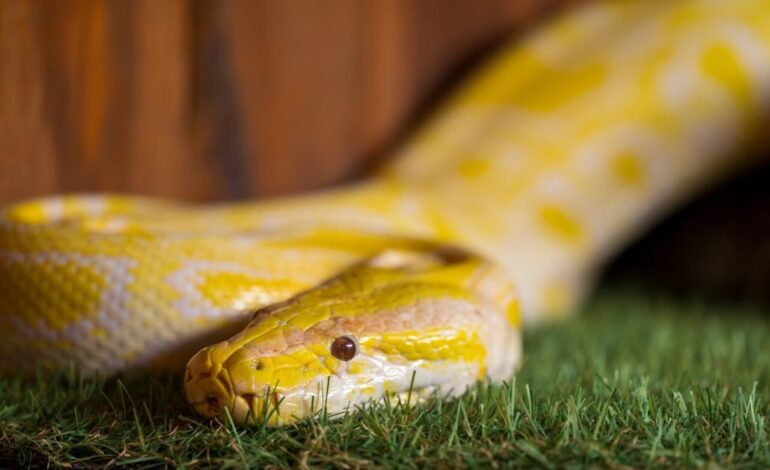Researchers Unlock Secrets of Snake Urine Crystals

A recent study has revealed significant insights into the unique properties of reptilian urine, particularly the formation of crystal structures in their waste. This research, published in the Journal of the American Chemical Society in March 2024, sheds light on why reptiles, including snakes, excrete urates that can take on various forms, some resembling dust while others appear as hard masses.
The investigation was initiated by an unusual question posed by herpetologist Gordon Schuett to Jennifer Swift, a crystallographer at Georgetown University. Schuett, who had been studying different reptile species, noticed a wide variety of urine crystals despite feeding them all the same diet. He reached out to Swift to inquire about the underlying reasons for these differences.
Swift, intrigued by the question, agreed to analyze samples. Her previous work focused on uric acid crystals in humans, which can lead to conditions like gout and kidney stones. In mammals, excess nitrogen is expelled as urea, whereas reptiles, along with birds—descendants of dinosaurs—excrete nitrogen primarily as solid uric acid. This adaptation is believed to help these animals conserve water, particularly in arid environments.
Investigating Uric Acid Crystals
To explore this phenomenon, Swift and her team employed a variety of analytical techniques, including X-ray diffraction and high-resolution microscopy, to study urates from over 20 reptile species. Their findings revealed a complex mechanism by which these animals process nitrogen. The reptiles produce tiny spheres of uric acid nanocrystals, with some species excreting these as is, while others appear to recycle them to neutralize liquid ammonia, a harmful neurotoxin.
By converting ammonia into solid particles, snakes can eliminate waste in a less toxic form—particles that can easily disperse in the environment. According to Swift, this mechanism may provide a protective advantage for the reptiles. She noted, “This suggests that uric acid could play a protective role for snakes.”
While Swift emphasized that drawing parallels between snake physiology and human health is still speculative, the research opens up new avenues for understanding uric acid’s role in biology. She remarked, “Too much is a problem. Eliminating it completely is not an option.”
Implications for Future Research
The study underscores the importance of biomimetic approaches in solving complex biological problems. Swift highlighted that millions of years of evolution have enabled organisms to develop unique solutions that might not be immediately apparent. “Nature has a lot of remarkable processes that we just don’t understand because we haven’t taken the time to look at them,” she stated.
These findings not only contribute to the field of herpetology but also hint at broader implications for human health and disease management. Understanding how reptiles manage waste could inspire new strategies for addressing conditions related to uric acid in humans.
As research continues, this study serves as a reminder of the intricate ways in which evolution shapes biological processes, offering valuable lessons for both scientists and the broader community.






